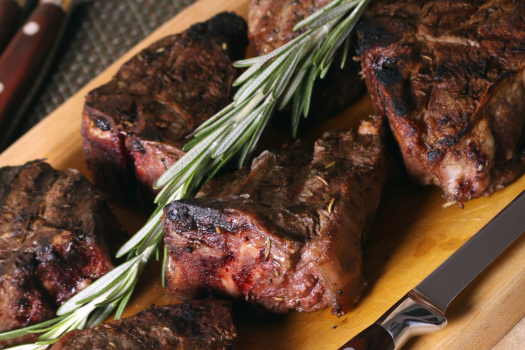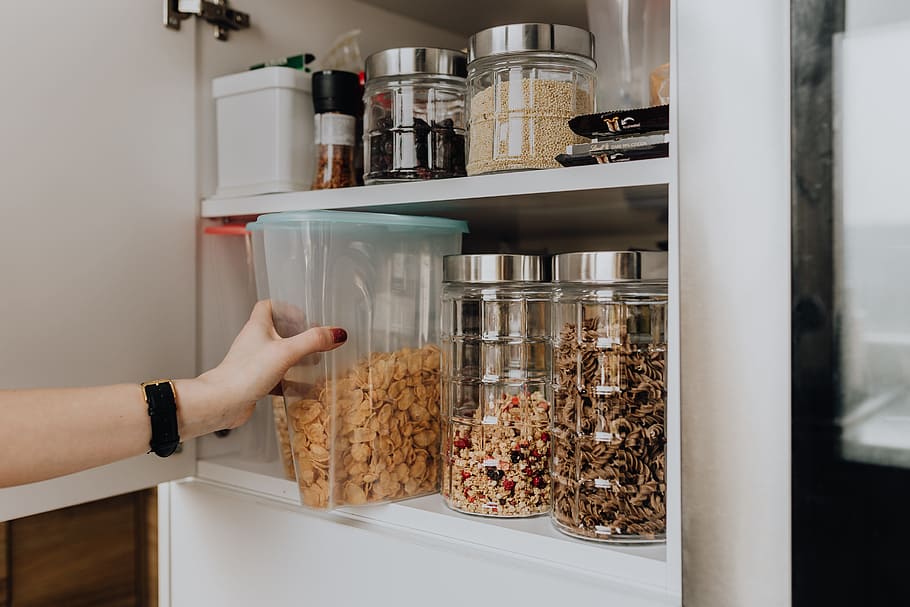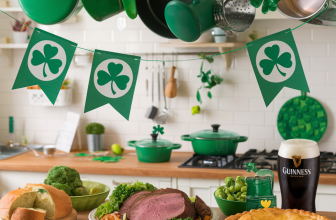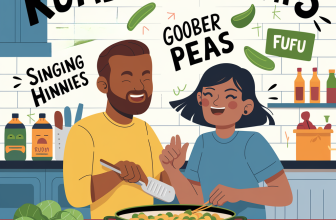Any meat can be delicious if properly cooked. Regardless of the recipe, a basic knowledge of the ways to cook meat will guarantee great flavor and texture.
Certain aspects determine the characteristics of a cut of meat, how to cook it, and how it tastes. These include the fat content, where on the animal the meat comes from, and the diet and exercise routine of the animal.
Cut Location
Meat from muscles that get more use is tougher. This is because as muscles develop, connective tissues form between muscle fibers. Therefore, in all animals, the meat connected to the leg and neck areas is the toughest. Conversely, the most tender cuts come from areas that do not get many exercises, such as the loin and the ribs.
Naturally, tender meat tends to be more expensive and easier to prepare. Filet mignon, rack of lamb, and pork tenderloin are examples. These cuts are best cooked quickly, under high heat, and with minimal seasoning. Pan-frying, broiling, and grilling are good techniques for tender meats.
Less tender cuts are less expensive but need a little more preparation. Consider marinating or brining these meats ahead of time in order to break down connective tissues. Alternatively, slow cooking in liquid (braising) will break down the tissues and make the meat more tender and flavorful.
Fat Content
A good rule of thumb is that the more fat, the more tender and flavorful the meat. Chicken breasts and pork chops have very little fat, and therefore they tend to dry out if not cooked carefully. Chicken thighs and duck breasts, on the other hand, are higher in fat and tend not to dry out.
Very fatty meats like duck or goose can get soggy if the fat is not removed. Some ways of making these birds leaner include:
- Poking the skin all over prior to roasting in order to let excess fat out.
- Melting fat by pouring boiling water over the bird or steaming the bird prior to cooking.
- Removing excess fat with a knife prior to cooking.
Lean meats can be improved by adding fat while cooking. For example, strips of bacon laid over a turkey will make the meat more tender. Alternatively, basting a turkey or chicken with melted butter or oil will give a similar result.
If a low-fat meal is a goal, lean meats can be braised (cooked in liquid) at low temperatures or seared at high temperatures. When searing, adding surface area helps because keeping the meat moist will ensure it remains tender. This is why chicken fajitas are cooked in strips, as opposed to cooking the entire breast and then cutting it up: smaller pieces of chicken can be cooked more quickly and more evenly than large ones.
Marinades also help to increase the moisture content of the meat but are less effective than choosing the right cooking technique. For example, a marinated pork chop will still dry out if it is pan-fried for too long.
Diet and Exercise
Animals that get a lot of exercise are tougher because their muscles get more use. Therefore, free-range or pasture-raised meats produce slightly tougher meat with less fat.
However, the trade-off is that pasture-raised meats often eat more natural diets, affecting the flavor of the meat. For instance, pasture-raised cows fed grass has a different flavor from barn-raised cows fed corn. The grass is a more natural food for cows, so the result is leaner meat with a slightly more intense flavor.








